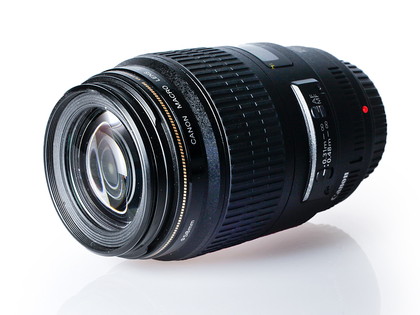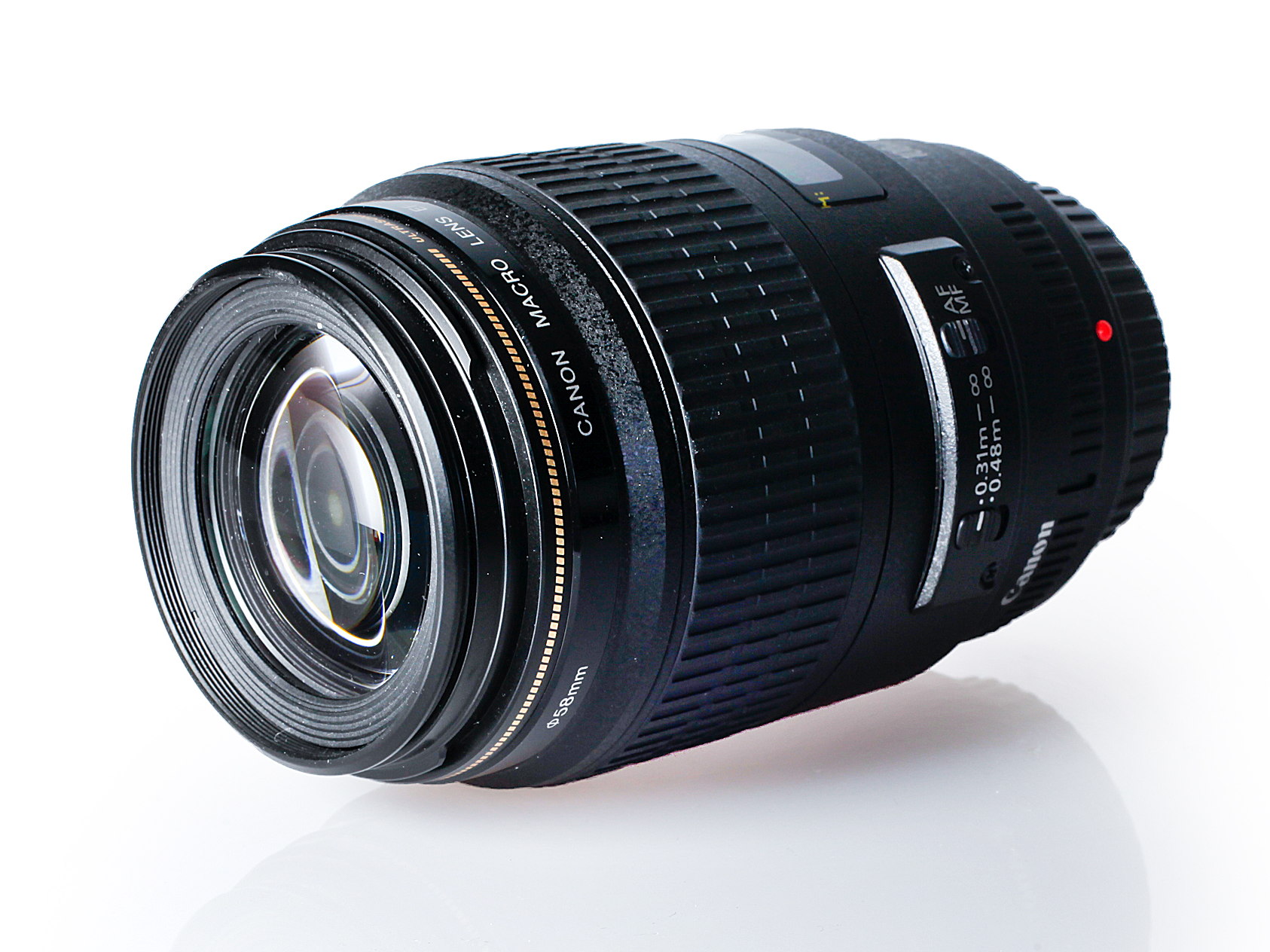Why you can trust TechRadar

Thanks to the use of a piezoelectric motor, focusing noise is about as silent as expected as the lens travels between its two extremes, and it's able to quickly shift its focus between varying distances before promptly confirming focus.
Furthermore, the use of different text colours in the distance window makes it easy to differentiate between its three readings, while the size of the focusing ring means that it's easily adjusted with just a finger if required.
Its positioning towards the front of the barrel makes this manoeuvre a little more difficult for those with smaller hands, but in most situations the macro lens will no doubt be either left to autofocus or be manually adjusted more precisely on a tripod.
Control over distortion is good, and the absence of chromatic aberration in the centre of the frame is particularly impressive, although as you venture further away from the centre it's clear that there's room for improvement.
Although central sharpness at f/2.8 is impressive this slowly drops off to softness towards the edges. By f/8, however, all is forgiven as the Canon EF 100mm f/2.8 USM Macro records excellent sharpness right across the frame. Predictably, things aren't quite as good at its smallest apertures, although even here consistency is still reasonable.
Verdict
Overall then, this lens is a capable performer, with quick and silent autofocus system and generally good to excellent image quality. While more expensive then the Tamron SP AF 90mm F/2.8 Di Macro 1:1, it has the distinct advantages of an internal focusing system and a much quieter motor.
